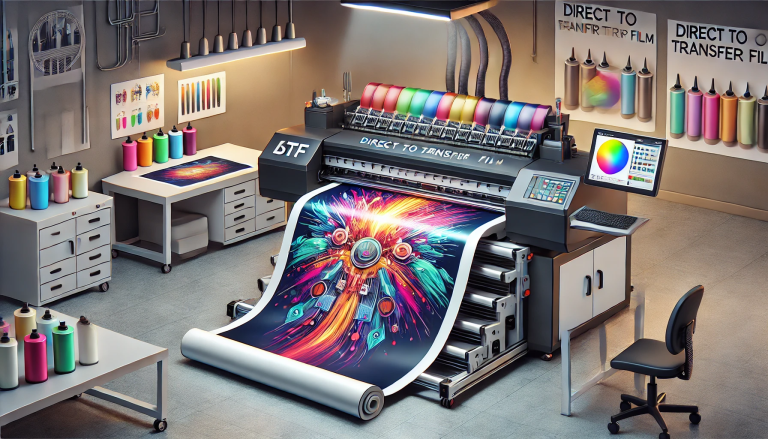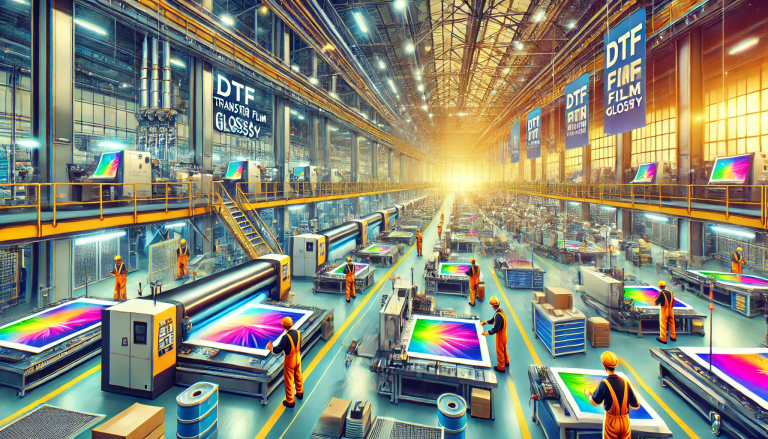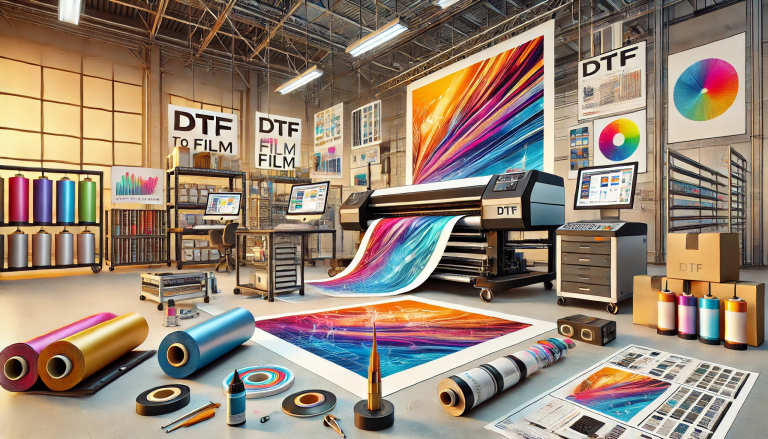Introduction
In recent years, Direct to Film (DTF) printing technology has emerged as a groundbreaking approach in the textile industry. This innovative technique allows for high-quality, durable prints on various fabrics, revolutionizing traditional printing methods. This article explores the concept of DTF, its operational mechanism, applications, and comparison with other printing technologies.
Understanding DTF Printing
Direct to Film printing, commonly known as DTF, involves printing a design onto a special film before transferring it to the fabric. Unlike Direct to Garment (DTG) printing, which requires printing directly onto the material, DTF allows for more flexibility in fabric choice and color.
How DTF Works
The process starts with printing a design onto a PET film coated with an adhesive layer. This is done using a modified inkjet printer that uses specially formulated DTF inks. After the print, a powder adhesive is applied to the printed film and melted to create a bond. Once the film is ready, it is pressed onto the fabric using heat, transferring the design directly onto the material.
Advantages of DTF
- Versatility: DTF is suitable for a wide range of fabrics, including cotton, polyester, and blends.
- Color Vibrancy: DTF inks provide bright, vivid colors that are long-lasting.
- Durability: The prints are highly durable, withstanding washes and wear.
- Flexibility in Quantity: Suitable for both small and large batch production.
Applications
DTF technology is used in various applications, from fashion apparel to home décor and promotional items. Its versatility and quality make it a preferred choice for custom designs and small-scale production.
Comparison with Other Technologies
- DTF vs. DTG: While DTG is limited to specific fabric types and colors, DTF offers more flexibility and is generally faster.
- DTF vs. Screen Printing: Screen printing is more cost-effective for large quantities, but DTF excels in quality and is better for smaller, more detailed orders.
- DTF vs. Sublimation: Sublimation requires polyester-rich fabrics, whereas DTF works on a broader range of materials.
Conclusion
Direct to Film printing stands out as a versatile, efficient, and high-quality printing method in the textile industry. Its ability to produce vibrant, durable prints on a variety of fabrics makes it an increasingly popular choice. As technology advances, DTF is poised to become a staple in textile printing, offering endless possibilities for creativity and innovation.





